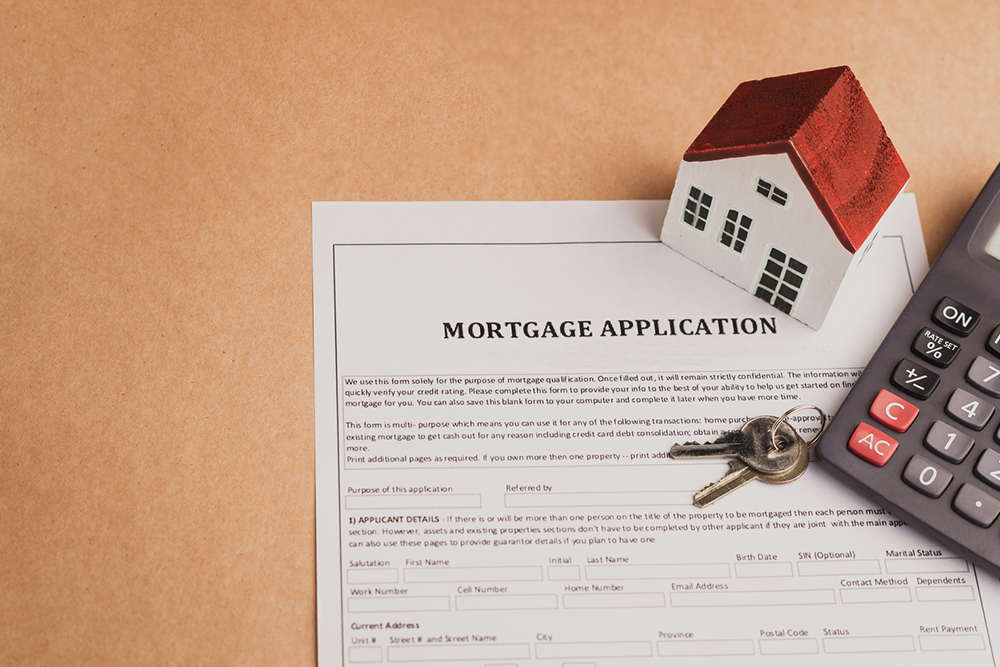A Comprehensive Guide to Home Equity Lines of Credit (HELOCs)
This guide explains what HELOCs are, how they work, their benefits, and risks. It details how homeowners can leverage their home equity for various financial needs, including renovations, debt payoff, and more. Understanding these loans helps consumers make informed decisions and manage their finances effectively.
Sponsored

A Comprehensive Guide to Home Equity Lines of Credit (HELOCs)
Many homeowners, whether new or experienced, often wonder—what exactly is a HELOC? A recent survey by TD Bank reveals that many borrowers lack a clear understanding of their HELOC terms and functionalities. Here, we provide an in-depth overview of HELOCs.
What is a HELOC?
Pronounced “he-lock,” a HELOC (Home Equity Line of Credit) is a flexible loan that leverages your home’s equity as collateral, allowing you to borrow up to a specified amount.
Think of a HELOC as a credit card secured by your home. It enables you to make purchases and repay over time. Unlike traditional loans, a HELOC provides a revolving line of credit, with the house’s rising value increasing your available borrowing limit. The interest rates are variable, fluctuating with prevailing market rates. As you make mortgage payments and build equity, you can tap into this line of credit for various needs. Unlike a lump-sum home equity loan, a HELOC allows on-demand borrowing.
For example, if your home is valued at $500,000 with a $200,000 mortgage, and your lender permits access to 80% of your equity, your credit line would be $200,000. This is calculated as 80% of your home’s value minus your existing mortgage. Keep in mind, most HELOCs have adjustable interest rates that move with market indices like the prime rate or LIBOR, affecting your monthly payments. Initially, during the draw period (typically 5–10 years), you can borrow and pay interest-only. After this, the repayment phase begins, usually lasting 20 years, requiring principal and interest payments to fully settle the debt.
When to Consider a HELOC
Homeowners commonly use HELOCs for renovations, repairs, or upgrades. Additionally, they’re useful for funding vacations, paying college tuition, consolidating debt, or purchasing a vehicle. While convenient, these uses do not increase your home’s equity. Remember, interest on a HELOC may be tax-deductible, offering potential financial benefits.
Benefits of HELOCs
Ideal for covering unexpected expenses like education costs or home improvements.
Allows borrowing only the amount needed, reducing unnecessary interest costs.
Initial costs are relatively low, often under $1,000, and sometimes waived by lenders.
Some HELOCs can be converted into fixed-rate loans, providing payment stability for large withdrawals.
Risks Associated with HELOCs
Interest rate risk: Since HELOCs are adjustable, rates can fluctuate quickly with market changes, impacting repayment amounts.
Prime rate instability: Although some believe prime rates are stable, historical data shows significant swings, affecting borrowing costs.
No rate caps: Unlike some ARMs, HELOCs often lack caps on rate increases, with maximum rates reaching up to 18% in certain regions, posing potential affordability issues.






